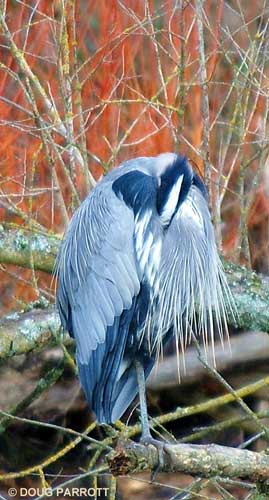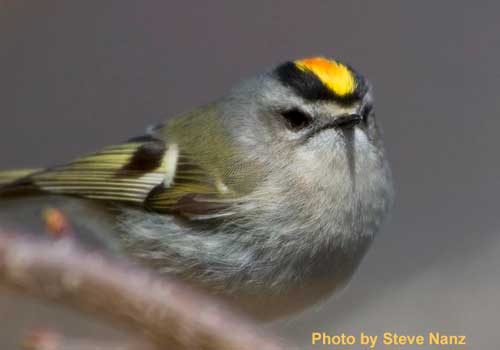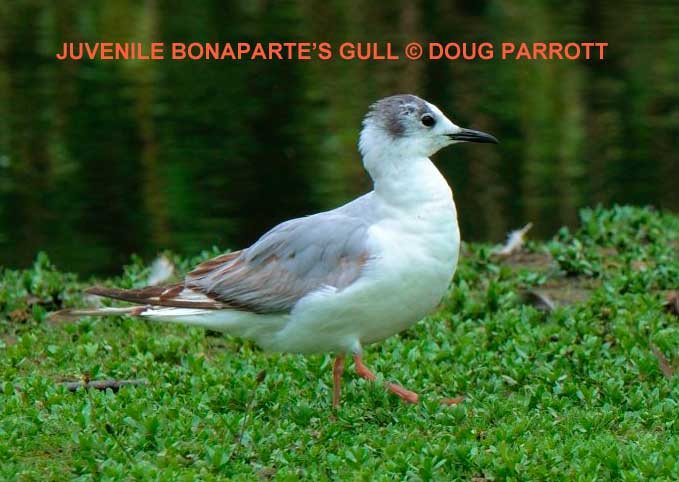In the wintry months, when the air is still and conditions are right, the night fog rises from the lake and drifts through the moonlight to shroud the land. On those occasions, I like to get myself to the Fill at dawn, just as the sun is topping the foothills of the Cascades. If I’m lucky, the rising sun will warm the air enough to collect the fog into one bank of cloud in perfect alignment with the mountains. It is then that I will see gold.
Quickly I sling my campstool over my shoulder and hurry down the trail. I ignore the flock of American Goldfinches foraging in the alder tops. I can’t stop to look at every one to see if a Pine Siskin or maybe even a redpoll has joined the flock. Nor can I scan the brush to the east of the Lone Pine Tree to locate the Bewick’s Wren who likes to hide there and who starts buzzing as soon as he sees me. I’m convinced the little beggar teases me on purpose. But as my passage swirls the silver mists clinging to the ground, I tell him, “Not today. I have no time for games.”
For I must reach East Point before the sun rises.
The sparrows who have favored the chicory field north of Boy Scout Pond are already awake and active. I can see them rummaging through the grass, pushing the blades aside with both feet at once as they search for seeds. I do not stop, not even when a Lincoln’s Sparrow hops up on a blackberry stem and chips at me, his crest raised in alarm, his black eyes snapping. “You can just put your little crest down,” I pant as I go by. “You know me, and I know you. We see each other every day.”
At last I arrive at the overlook. Just in time. The fog bank has already risen from the water. It lies between me and the sun, just above the foothills, creating a narrow slit for the sun to shine through. The sky turns pink. The sun’s corona glows. And then the light bursts forth, carving a golden path over the water. The path widens until it becomes a road of molten gold, shimmering, beckoning. Ducks and grebes and geese paddle into the shining corridor to soak up the warmth. I cannot tell their species, for I am dazzled.
Everything in my spirit tells me to join them, to step onto the road of light and follow it. Toward what? And how? I do not know, but still I yearn. The sun enters the fog, the light dims, the road narrows, the path disappears. It’s gone.
The Great Blue Heron who has been watching from the shore stirs his feathers briefly and goes back to sleep. He sees the sun-path often, and the mist, the moonlight and the dawn. He lives here. But I can only visit.


